
Walk down the Santa Fe Springs or San Jose swapmeet any weekend and you will find shirts and prints of Sad Girl from “Mi Vida Loca” (1994) in her teased bangs and likely in a group portrait with all her friends who make up of the fictional gang of “Echo Park Locas.”
The film directed by Allison Anders arrived at the Cannes Film Festival in 1993 and would later premiere in a limited release that fall with a VHS released in 2006 and several different editions of DVDs with the majority in recent editions through third party sellers. Roger Ebert, at the time, called the film “more anecdotal than involving” yet didn’t condemn or throw out the film completely.
In a recent interview with Gilbert Trejo, who is Danny Trejo’s son, Anders talks very candidly about the directing process and how every step of the way, she ensured that the young girls were comfortable with everything the script required, even saying no to parts of the script they didn’t feel comfortable with.

Version of the shirt on Esty.
Any search of the film will take you to YouTube pages streaming the film without ads and finding short social media photos and videos with comments like:
“Love this movie, I ditched school when I was 13 to see this movie!!!”
“This brings me back!”
“The story, the music, it was all true. This movie was my childhood!”
The only problem is the only way to see the film is through used DVDs, burned DVDs, screenings at museums or the YouTube link. There has been no public plan or statement on why the film isn’t available for streaming.
Regina Luz Jordan, the editor and founder of Hollywoodland News, is a self-described Mexican and Native American Yaqui woman, storyteller, content creator and vintage enthusiast with over 30 years of experience in media, journalism and a unique brand of storytelling. In a recent personal piece, Regina talks about her current efforts to bring the film to streaming as a way to honor her sister who passed away to suicide not long ago.

Photo of Regina’s sister Shelly aka La Chiquita.
“She lived that life,” she tells me. “My sister had ‘La Chiquita’ tattooed across her neck in enormous letters. And that was important to her. That was such an important thing for her, to feel like she belonged. And we don't always feel like we belong.”
For Regina, “Mi Vida Loca” is a unique representation of Latinas who understood loyalty, commitment and true community. To her, many of the young women she grew up with in the 1990s were just like the girls in the film. The storylines of all the girls gathering to discuss plans and sharing grievances about the boys around them was all deeply reflective of what Regina said she saw growing up.
The barriers to streaming
One of the biggest questions surrounding “Mi Vida Loca” is why it has remained off streaming services for so long. While films of similar stature have been restored and re-released, this one remains conspicuously absent.
Ownership rights and distribution contracts often complicate accessibility, and in this case, Sony Pictures is believed to hold the rights. However, there has been no public acknowledgment of why the film is unavailable or if there are any plans to release it in a digital format.
Jordan's campaign aims to change that. She has been mobilizing fans, industry allies and advocacy groups to put pressure on Sony Pictures. “This isn’t just about nostalgia,” she explains. “It’s about cultural preservation.”
The significance of ‘Mi Vida Loca’
The film remains one of the few depictions of Chicana gang life told from the perspective of the women involved. While mainstream Hollywood has often reduced gang stories to Chicano male-driven narratives centered on violence and crime, “Mi Vida Loca” offers a different lens. It highlights the bonds between women, their struggles with love and survival and the way they carve out spaces of power in a world that often sees them as invisible. What remains significant is also how a mix of actresses and actual gang members were able to put together their performances and bring out the best in each other’s performances .
Furthermore, the film serves as an important archiving of early 1990s Los Angeles. It captures the aesthetics, language and music of the era in a way that resonates with those who lived it, intriguing younger generations looking for authentic representations of their heritage.
Echo Park has changed completely since 1993 and the film offers a glimpse of what the neighborhood was like before the coffee shops and pilates studios.
What comes next?
Jordan is calling on film lovers, cultural historians and community leaders to support the push for the film’s digital release. Her efforts include social media advocacy by encouraging fans to share their memories of the film and voice their demand for its return, and industry outreach, by connecting with filmmakers, actors and producers who may have influence over the film’s distribution. She is also creating a public awareness campaign by writing articles, creating video content and engaging in discussions to highlight the importance of accessibility for cultural works.
As her campaign gains momentum, one thing remains clear: “Mi Vida Loca” is more than just a film. For many, it is a representation of identity, sisterhood and belonging. And as long as it remains difficult to access, a part of that cultural history remains out of reach.
Jordan and her supporters are determined to change that. “If we don’t fight for our stories, who will?” Jordan said.
CALÓ News has sent requests for interviews to Sony Pictures, who owns the film, and to the director.

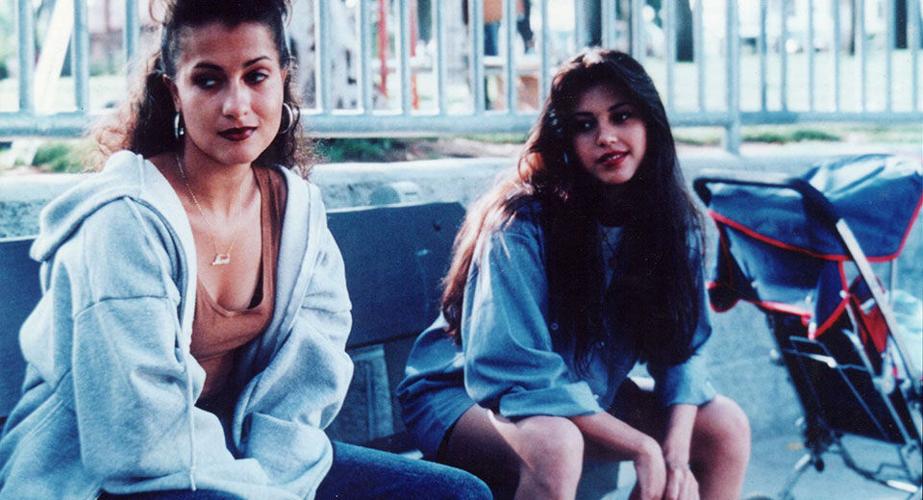

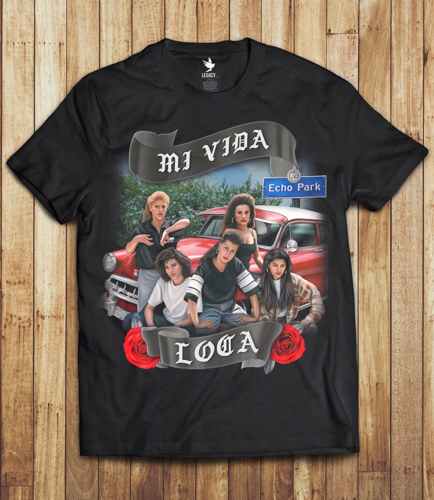

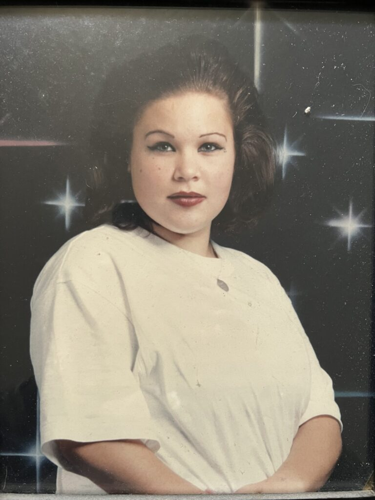
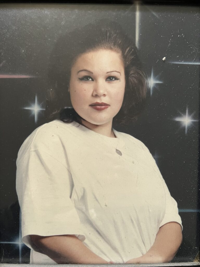



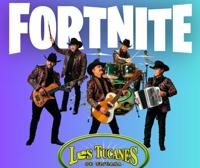



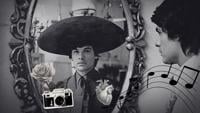
(0) comments
Welcome to the discussion.
Log In
Keep it Clean. Please avoid obscene, vulgar, lewd, racist or sexually-oriented language.
PLEASE TURN OFF YOUR CAPS LOCK.
Don't Threaten. Threats of harming another person will not be tolerated.
Be Truthful. Don't knowingly lie about anyone or anything.
Be Nice. No racism, sexism or any sort of -ism that is degrading to another person.
Be Proactive. Use the 'Report' link on each comment to let us know of abusive posts.
Share with Us. We'd love to hear eyewitness accounts, the history behind an article.